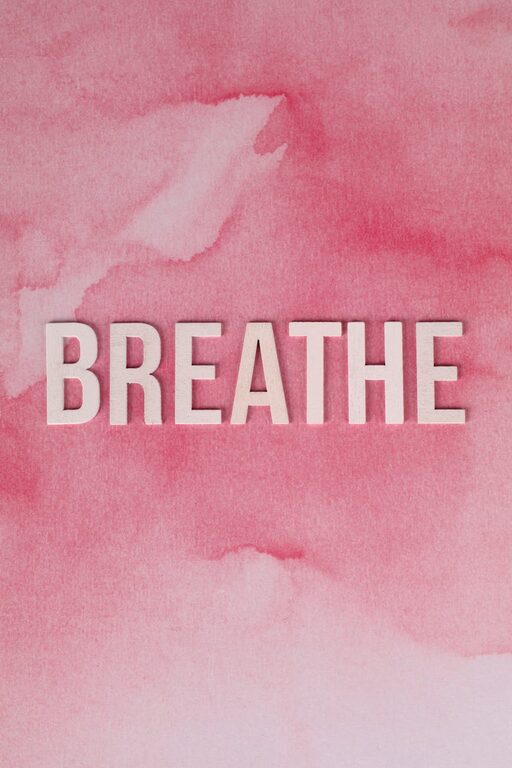
Beginner Tips for Mindful Breathing Breaks to Boost Your Day
Taking mindful breathing breaks is a wonderful way to pause, reset, and refresh your mind and body during busy days. Whether you work at a desk, care for family, or juggle multiple tasks, short mindful breathing moments can help you feel calmer and more focused. This guide will walk you through beginner-friendly tips for incorporating mindful breathing breaks into your daily routine.
What Is Mindful Breathing?
Mindful breathing is the conscious practice of paying attention to your breath. Instead of breathing automatically, you focus on each inhale and exhale in a relaxed, non-judgmental way. This simple act encourages present-moment awareness and can reduce stress, enhance concentration, and promote emotional balance.
You don’t need any special tools or experience—just a few minutes and your attention.
Why Take Mindful Breathing Breaks?
Modern life can be hectic, with a constant stream of tasks and distractions. Mindful breathing breaks:
– Reduce Stress: Breathing deeply signals your nervous system to relax, lowering cortisol levels.
– Improve Focus: Brief pauses refresh your mental clarity, helping with attention and decision-making.
– Boost Mood: Centering on your breath increases feelings of calm and positivity.
– Enhance Physical Well-being: Mindful breathing can lower blood pressure and ease muscle tension.
– Support Emotional Awareness: Becoming aware of your breath helps you notice emotions before they overwhelm you.
Even short breaks, lasting just one to five minutes, can make a significant difference.
How to Start Mindful Breathing Breaks: A Step-by-Step Guide
Whether you want to practice at work, home, or anywhere, these steps will help you get started:
1. Find a Comfortable Position
You can sit in a chair with feet flat on the floor, lie down, or even stand quietly. The key is to be comfortable and upright enough to breathe easily.
2. Set a Timer (Optional)
For beginners, setting a timer between 1 to 5 minutes can help you stay focused without worrying about the clock.
3. Close Your Eyes or Soften Your Gaze
Closing your eyes helps minimize distractions, but if that feels uncomfortable, gaze softly at a fixed point.
4. Notice Your Breath
Pay attention to the natural flow of your breath. Don’t try to change it. Observe where you feel the breath most clearly—nose, chest, or belly.
5. Breathe Slowly and Deeply
If it helps, gently deepen your breaths: inhale through your nose, filling your lungs, and exhale slowly through your mouth or nose.
6. Count Your Breaths (Optional)
To maintain focus, you can silently count “one” on the inhale, “two” on the exhale, and continue up to ten, then start again.
7. Gently Return Your Attention
If your mind wanders, gently bring your focus back to your breath without judgment.
8. End Mindfully
When your timer goes off or you feel ready, open your eyes slowly and take a moment before returning to your activity.
Tips for Making Mindful Breathing Breaks a Habit
Incorporating mindful breathing into your daily routine is easier when you follow these strategies:
Choose a Consistent Time
Link your breaths to daily events, like before meals, after waking, or during short work breaks.
Use Reminders
Set phone alarms or sticky notes with simple prompts like “Breathe” to cue mindful moments.
Start Small
Begin with just one minute per break and gradually increase as you feel comfortable.
Pair with Other Mindful Activities
Combine breathing breaks with gentle stretches, walking, or mindful listening.
Be Patient and Kind
There’s no “perfect” way to breathe mindfully. Progress comes with gentle practice.
Simple Mindful Breathing Exercises for Beginners
Try these easy exercises to explore mindful breathing:
Box Breathing
– Inhale slowly for a count of 4.
– Hold the breath for 4 seconds.
– Exhale steadily for 4 seconds.
– Hold the breath out for 4 seconds.
– Repeat for 3-5 rounds.
This rhythmic breathing calms the nervous system and improves focus.
4-7-8 Breathing
– Inhale quietly through your nose for 4 seconds.
– Hold your breath for 7 seconds.
– Exhale completely through your mouth for 8 seconds.
– Repeat 3-4 cycles.
Effective for calming anxiety and preparing for restful sleep.
Belly Breathing
– Place one hand on your belly.
– Inhale deeply so your belly rises.
– Exhale fully, feeling your belly fall.
– Focus on this rising and falling motion.
This helps you connect fully with your breath and promotes relaxation.
Common Questions and Challenges
What if I Can’t Stop My Mind from Wandering?
Mind wandering is normal. When it happens, gently guide your attention back to your breath without self-criticism.
How Often Should I Practice?
Even 2-3 mindful breathing breaks per day can help. You can start small and increase frequency as you notice benefits.
Can Mindful Breathing Help With Stress?
Yes! It’s one of the simplest and most accessible stress-relieving tools available anywhere.
What If I Feel Dizzy?
If you feel lightheaded, slow your breathing and breathe naturally. Avoid forcing deep breaths.
Final Thoughts
Mindful breathing breaks are a small yet powerful way to nurture your well-being. With regular practice, you’ll likely notice greater calm, clearer thinking, and improved resilience to daily challenges. The key is to keep it simple, stay consistent, and be gentle with yourself—your breath is always there as an anchor.
Try adding one mindful breathing break to your day today. A few focused breaths might be just what you need to refresh your mind and body.
—
Remember, breathing is your built-in tool for calm and clarity — no special skills needed, just your awareness. Happy breathing!
